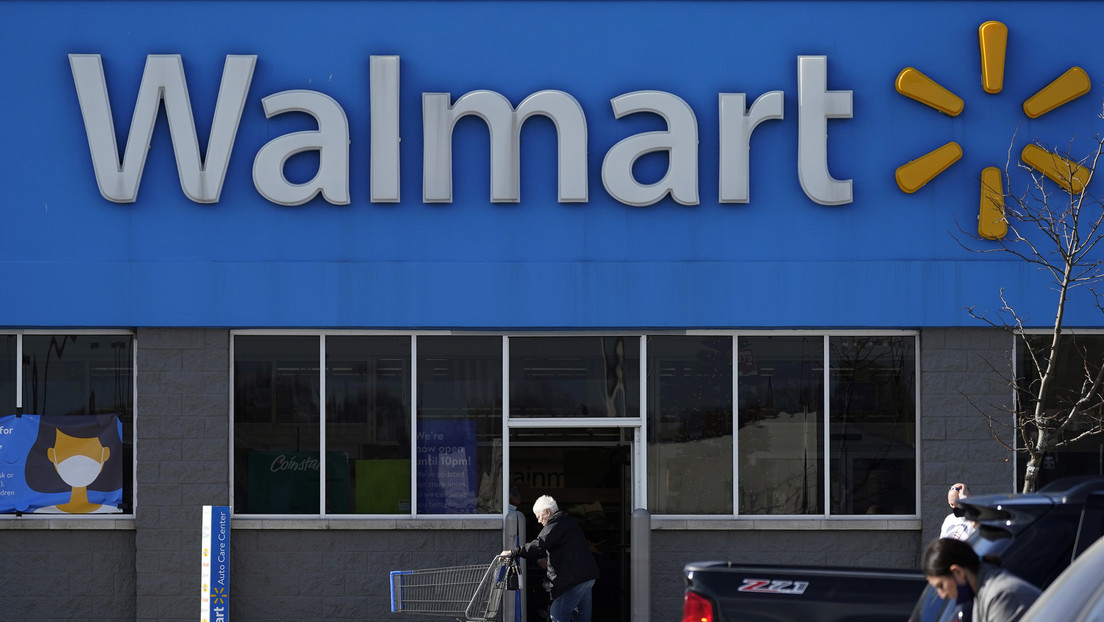Important points:
- Increased provisions by major banks: JPMorgan Chase, Bank of America and Wells Fargo have significantly increased their reserves to cover potential credit losses.
- Consumer Debt Growth and Economic Risk: Alarming $1.02 Trillion Increase in Credit Card Debt and Rising Mortgage and Auto Debt in the US.
- Preparing for economic instability: Banks are preparing for a potential increase in defaults due to a volatile economy and commercial real estate sector.
Increase in bank provisions
Against the backdrop of growing economic uncertainty, large financial institutions such as JPMorgan Chase, Bank of America and Wells Fargo have announced significant increases in their reserves to cover potential losses from credit card and loan defaults. According to reports for the second quarter of 2024, these banks are accumulating billions of dollars in emergency provisions, preparing for a possible deterioration in their customers’ ability to pay.
JPMorgan Chase in the lead
JPMorgan Chase was the most proactive in this financial adjustment, increasing its provisions from $1.88 billion in the first quarter of the year to $3.05 billion in the second quarter, an increase of $1.17 billion. This increase confirms the entity’s strategy to face the expected economic challenges.
For its part, Bank of America increased its reserves to $1.5 billion, from $1.3 billion in the previous quarter. Wells Fargo also showed financial prudence, increasing its provisions to $1.24 billion, from $938 million. The adjustments reflect caution in the face of a potentially complicated economic outlook.
Growing bank balance sheets point to greater economic risks in the coming months, especially in sectors such as commercial real estate and consumer lending. TransUnion reports that credit card debt has reached a worrying total of $1.02 billion.
Rising bad loan rates
Default rates are rising across many types of debt, raising concerns about the financial health of American consumers. According to the Federal Reserve Bank of New York, total U.S. household debt reached $17.69 trillion in the first quarter of the year, up $184 billion from the previous quarter. That increase includes a big jump in mortgage balances, which rose $190 billion to $12.44 trillion, and auto loans, which rose $9 billion to $1.62 trillion.
Banks’ strategy of increasing their provisions is a clear indication of their readiness for a potentially adverse economic environment. This precautionary approach not only reflects prudent management, but also underscores the need to prepare for potential credit default scenarios as the economic outlook continues to evolve.


:format(jpeg)/assets.videoplatform.tv/end/2023/08/08/283784_marbete-electronico-que-carros-son-elegibles-y-cuales-no/thumb_1790a8c4b457db7f59cc261376b1435c.jpg)


:quality(85)//cloudfront-us-east-1.images.arcpublishing.com/infobae/OQG6D2MZQBCADABR3LHIB2BKFU.jpg)